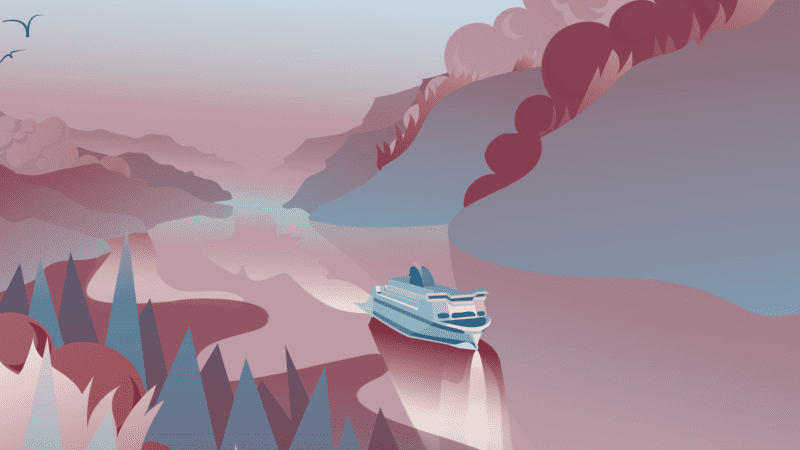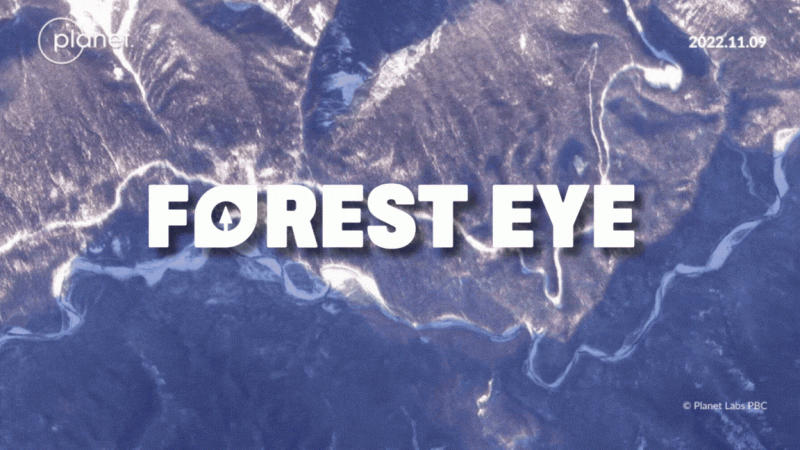Amazonia Against the Clock: Regional Assessment on Where and How to Protect 80% by 2025
The Amazonia is in the midst of a tipping point crisis as deforestation and high degradation combined have already reached 26% of the region. The tipping point must be understood as the beginning of metastasis or the irreversible destruction of the ecosystem. As a result, savannanization is already taking place in both countries. However, preserving 80% of the Amazon by 2025 is still possible, 2030 presents a challenge given the current state of the region. This goal [80%] requires urgent measures to safeguard the remaining 74% (629 million hectares) of the Amazon that are Intact Key Priority Areas (33%) and with Low Degradation (41%).
As a result, savannanization is already taking place in both countries. However, preserving 80% of the Amazon by 2025 is still possible, 2030 presents a challenge given the current state of the region. This goal [80%] requires urgent measures to safeguard the remaining 74% (629 million hectares) of the Amazon that are Intact Key Priority Areas (33%) and with Low Degradation (41%).
The data establishes that the protection of 80% of the Amazon by 2025 is still viable and that there is still time to stop the current rate of destruction to the extent that the States and the international community integrate Indigenous peoples effectively in the governance of nature.
Indigenous Rights
This research corroborates the critical role of Indigenous peoples in protecting the Amazonia. Indigenous Territories (IT) and Protected Areas (PA) are vital to protect the region. Both regimes represent nearly half (48%) of the Amazon. 86% of the deforestation took place outside national PA and IT. The other half (52%) are undesignated areas that are in danger of disappearing and without which it is impossible to avert the tipping point. The level of conservation of the Indigenous Territories is comparable and even higher than that of Protected Areas and the overlapping areas between both regimes. Yet, Indigenous Territories do not have budget allocations from their governments.
The worldview and knowledge of more than 500 distinct Indigenous peoples who have inhabited the Amazonia for millennia living in harmony with nature is what keeps the forest standing. Recognizing Indigenous rights on which the integrity of ecosystems is based is a differentiating factor to face the climate crisis that must be integrated into conservation policies.

“There is a direct correlation between the destruction of our home and the murders of indigenous leaders, the defenders of our territories. We have confirmed that the recognition of the rights of the Indigenous peoples of the Amazon basin is an urgent solution to safeguard 80% of the Amazon. We must all act in unity, and we must do it before 2025.
– José Gregorio Díaz Mirabal, Coordinator General of COICA




